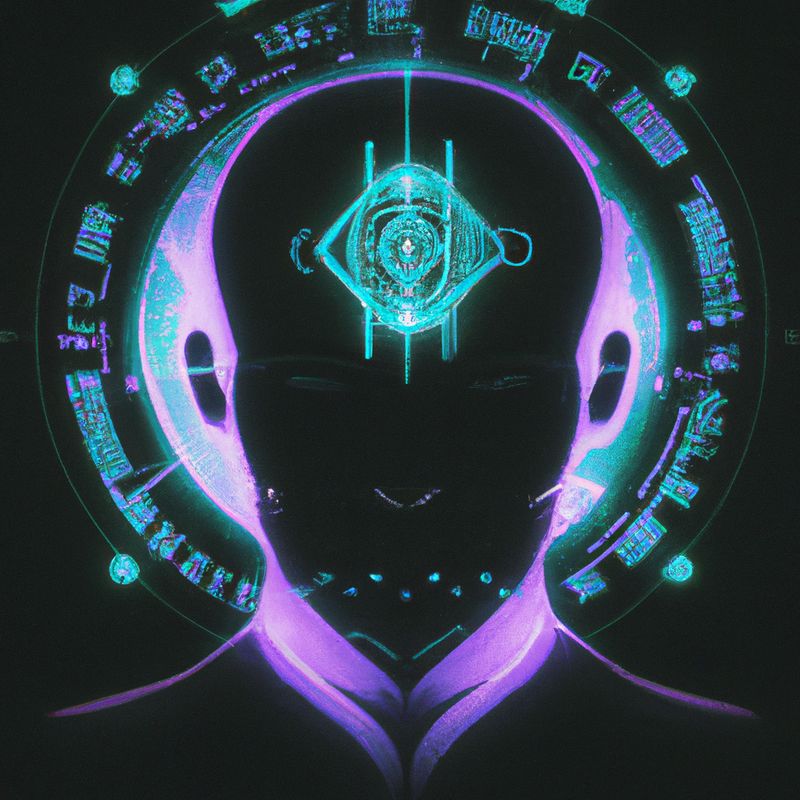AI and the Law of Robotics

As Artificial Intelligence (AI) continues to advance, it is becoming increasingly important to understand the implications of its use. One of the most important considerations is the Law of Robotics, which is a set of rules and guidelines that govern the use of robots and other AI-enabled devices. In this article, we will explore the history of the Law of Robotics, its current implications, and its potential future implications.
The History of the Law of Robotics
The Law of Robotics was first proposed by science fiction author Isaac Asimov in his 1942 short story, “Runaround.” In the story, Asimov proposed a set of three laws, which were designed to protect humans from the potential dangers of robots and other AI-enabled devices. These laws stated that robots must:
Never harm a human being or, through inaction, allow a human being to come to harm.
Obey orders given by human beings, except when those orders conflict with the First Law.
Protect its own existence, as long as such protection does not conflict with the First or Second Law.
The History of the Law of Robotics
Since Asimov’s initial proposal, the Law of Robotics has evolved and been adapted to fit the changing landscape of AI. For example, the European Union has proposed a “Robot Rights” framework, which would give robots the same rights and protections as humans. In addition, some experts have suggested that robots should have a “duty of care” to humans, which would require them to act in a way that is beneficial to humans.
Current Implications of the Law of Robotics
The Law of Robotics has important implications for the current state of AI. For example, it has been used to inform the development of ethical AI systems, which are designed to act in a way that is beneficial to humans. In addition, the Law of Robotics has been used to inform the development of safety protocols for AI-enabled devices, which are designed to prevent accidents or other dangerous situations. Finally, the Law of Robotics has been used to inform the development of legal frameworks for AI, which are designed to protect humans from potential harm.
Potential Future Implications of the Law of Robotics
As AI continues to advance, the implications of the Law of Robotics are likely to become even more important. For example, the Law of Robotics could be used to inform the development of autonomous vehicles, which would need to be programmed to follow the rules of the road and protect human life. In addition, the Law of Robotics could be used to inform the development of ethical AI systems, which are designed to act in a way that is beneficial to humans. Finally, the Law of Robotics could be used to inform the development of legal frameworks for AI, which are designed to protect humans from potential harm.
Conclusion
The Law of Robotics is an important set of rules and guidelines that govern the use of robots and other AI-enabled devices. It has been used to inform the development of ethical AI systems, safety protocols, and legal frameworks, and its implications are likely to become even more important as AI continues to advance. By understanding the history, current implications, and potential future implications of the Law of Robotics, we can ensure that AI is used in a safe and responsible manner.

